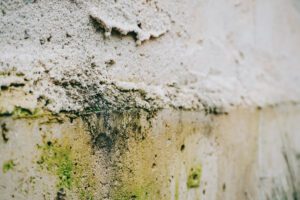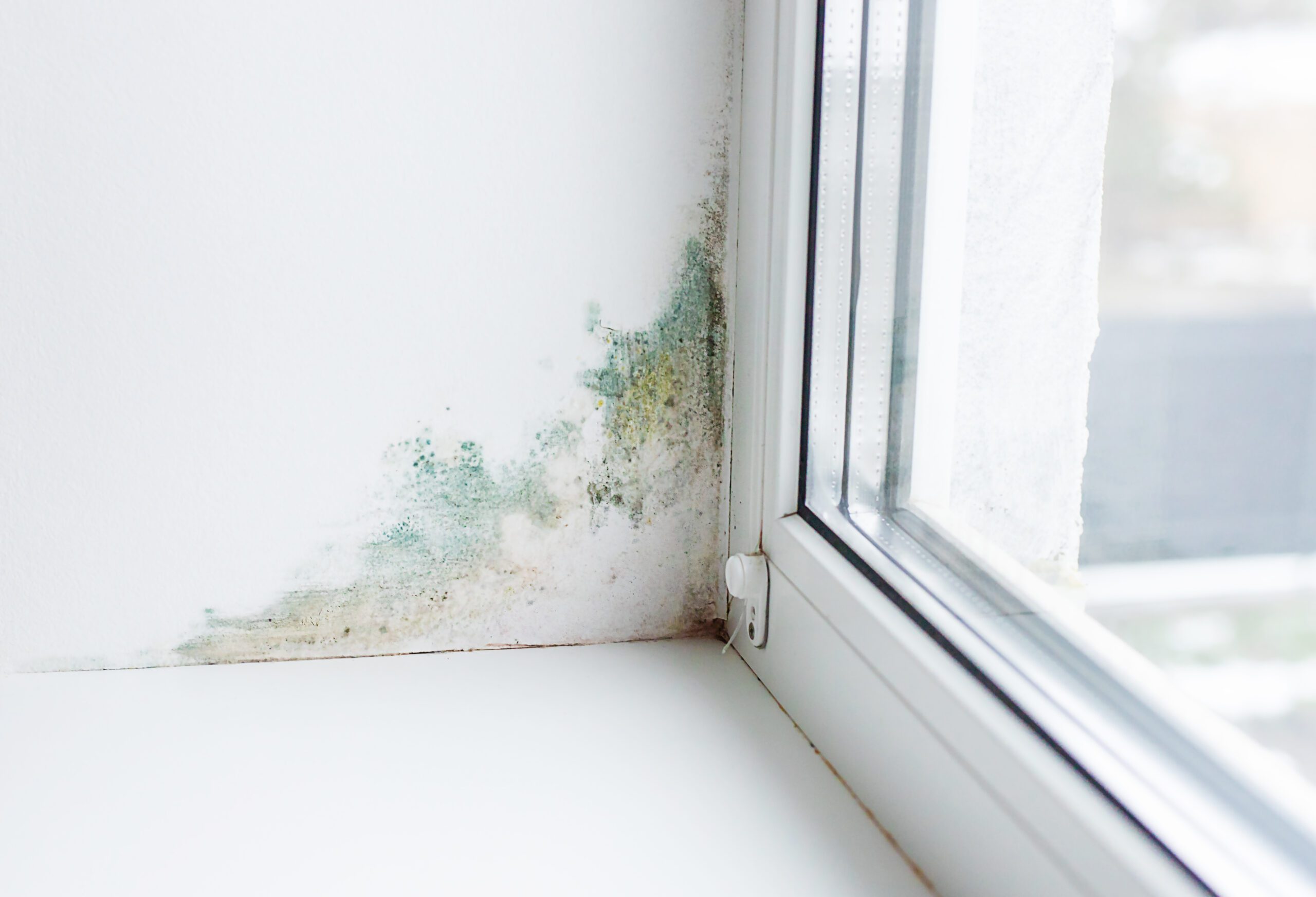Many homeowners assume that in small cases of water damage—such as a minor roof leak during a storm or a small plumbing drip under the sink—DIY cleanup is enough. While drying the impacted area yourself can be effective, there is always a greater risk of long-term water damage consequences when you don’t opt for professional restoration.
The most common long-term consequence? Mold development. Mold spores are more likely to land and grow on a moist surface—and this growth can happen fast if water damage is not addressed properly. In this blog, we’ll discuss how exactly mold forms, as well as the signs of mold in your Sun Valley home, and how to prevent mold development after water damage has occurred.
How Mold Forms After Water Damage
Knowing the exact details of a mold problem, including the water damage event and other factors, will help you address the mold correctly and prevent its future development. Water is not the only condition needed for mold formation. The other requirements are:
- Mold spores, which travel inside from their outdoor natural environment
- An average temperature between 40 and 100 degrees F
- A surface of organic material that mold can feed on, such as wood or drywall
- A lack of air flow, which encourages mold growth
Some situations of water damage are more likely to produce mold than others. For example, imagine floodwater that seeps into a basement during a severe storm, impacting the floor, walls, and any belongings in the room. Assuming the basement has little to no ventilation, mold spores are present, and the moisture is not fully addressed, mold will likely grow and spread where there is moist, organic matter.
On the other hand, let’s say a washing machine breaks and leaks a small amount of water on the tile floor. If the water is completely removed, a repair is made to the machine, the room is well-ventilated, and there are no mold spores present, you are less likely to encounter a mold problem.
Regardless of the event itself, water damage must be addressed immediately when it occurs. The more time passes, the more difficult recovery becomes. Within minutes of a water emergency, moisture can soak into walls, wood, and carpeting. And if left for 24-48 hours or more, for example, if the house is empty for the weekend and a water emergency occurs, mold may develop, not only causing damage to the affected area but also potentially causing respiratory problems for anyone inside the home.
Signs of Mold Formation
Water damage is best addressed by a restoration professional who can also identify and address any potential mold problems. If your water damage has been addressed and you’re still concerned, you can look for the following signs of mold formation around your home.
Visible Signs
A common type of mold in homes is Stachybotrys chartarum, characterized by a greenish-black, slimy appearance. It is often found in areas with high humidity and is also a telltale sign of a hidden environment where water damage has affected building materials. It’s essential to note that black mold, also known as ‘Stachy’, is only one species; mold can take on a variety of colors and textures depending on the type. Additionally, any visible fungal growth of any species can have effects on health.
It’s also wise to inspect your walls and furniture for dark stains. Peeling wallpaper, in particular, is a sign that mold is trapped underneath, which can damage the adhesion.
Unpleasant Odors
Just as mold appearances vary, so do their odors. Generally, people describe a musty, rotten, or sour smell when they talk about mold. That said, not all mold has an odor, so it can be challenging to rely solely on smell to detect mold.
Respiratory Symptoms
While increased congestion and itchy eyes do not confirm you have been exposed to mold, they may serve as a reason to test your home, especially if you have ruled out other sources of your symptoms.

Our Tips for Preventing Mold After Water Damage
Our number one tip for preventing a mold outbreak is to have a professional come out and address water damage. Particularly in cases of storm damage, sewage spills, appliance leaks, and other significant events, professional restoration ensures that your house and belongings are completely restored. Certified IICRC technicians use a specialized multi-stage process to eliminate moisture, clean up debris, and repair damaged structures. They will also check for mold and ensure your air and surfaces are cleared.
Along with professional restoration, you can take care of your home in the following ways to regularly prevent mold:
- Control Humidity: According to the Environmental Protection Agency, the relative humidity level should be maintained between 30% and 50% indoors. You can check your relative humidity with a moisture or humidity meter.
- Address Condensation: Condensation on windows or pipes can collect and lead to water damage if not dried quickly.
- Increase Ventilation: Creating more airflow in your home’s rooms will reduce humidity and prevent moisture from accumulating. Open windows and doors when it makes sense, such as while cooking.
- Inspect for Leaks: Periodically inspect your home for leaks in pipes or faucets, as well as any weakened structures or surfaces. Not every water event is immediately apparent, so it’s essential to conduct a general inspection at least twice a year.
For Water and Mold Damage in Sun Valley, Call Valley Restoration
If a water emergency or mold outbreak occurs despite your best efforts at prevention, Valley Restoration is standing by and ready to help. Since 1968, Valley has served families and business owners throughout Wood River Valley and Magic Valley, Idaho. Our trusted, IICRC-certified team has decades of experience with water extraction, mold remediation, and complete home restoration. Your safety and well-being are our top priority, which is why we work swiftly to remove moisture and mold, restoring the health of your home.
For 24/7 disaster recovery service in Southern Idaho, contact Valley Restoration today!

